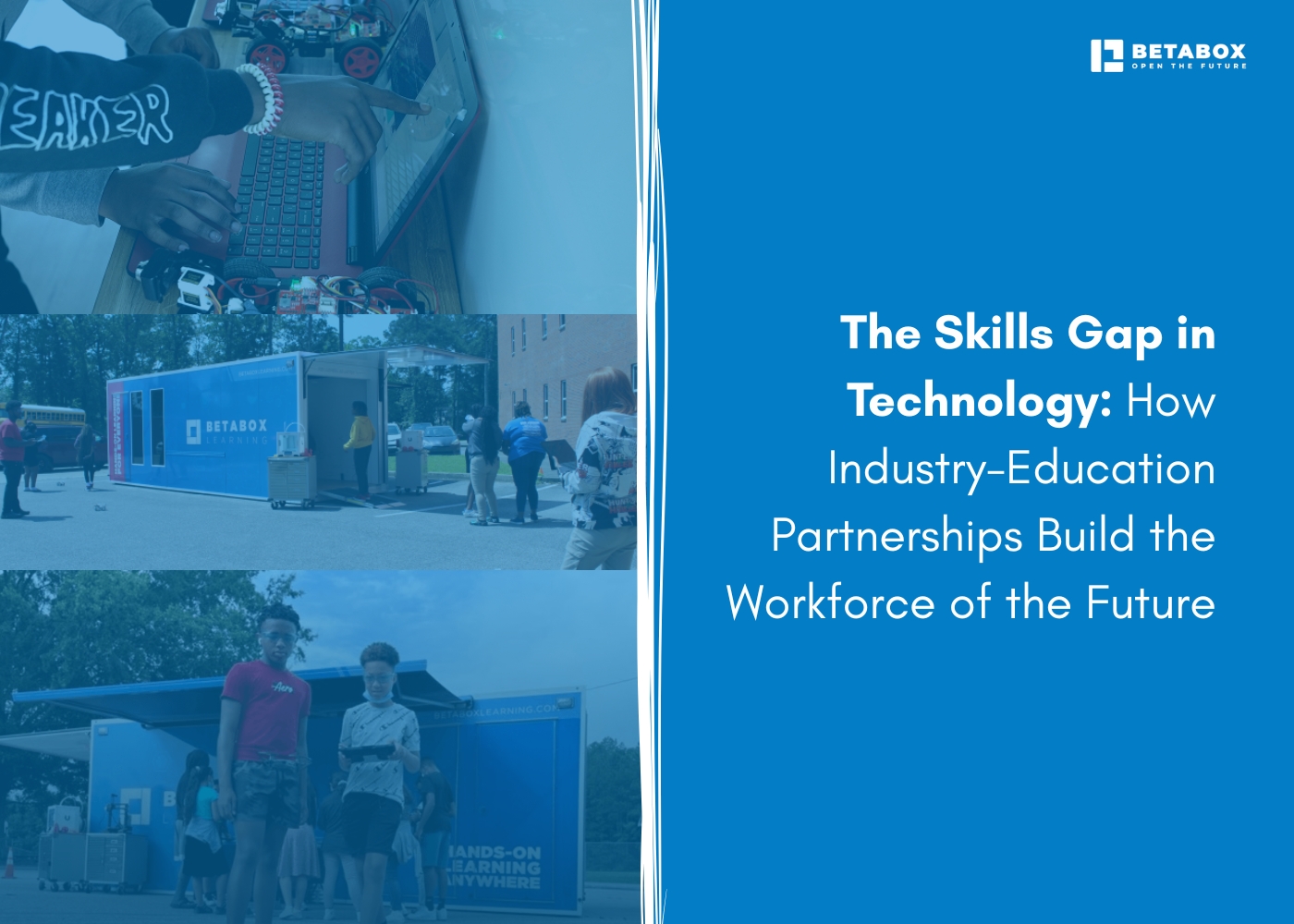
Across every modern industry, a familiar challenge echoes: technology is advancing faster than education can adapt. From artificial intelligence to automation, new tools reshape how work gets done, yet too many students leave school without the practical skills employers need.
This disconnect, known as the technology skills gap, is not about a lack of intelligence or motivation. It’s a structural problem. Schools often teach theoretical foundations while industries require technical fluency and adaptability. The result is a growing divide between what learners study and what companies need to stay competitive.
In response, education and industry leaders are rethinking how students prepare for tomorrow’s work. One promising solution lies in structured collaboration. Industry-education partnerships are proving that when companies engage directly with schools, curriculum and experience align more naturally with real-world demand.
Betabox Learning exemplifies this approach through its mobile STEM labs, which travel to rural and low-income schools across the southeastern United States. Funded by corporate partners, these labs introduce hands-on technologies such as drones, 3D printing, and robotics, connecting students with modern tools while helping industries cultivate future-ready talent.
The roots of the skills gap run deep, but they share a common theme: pace.
Emerging technologies like AI, robotics, and blockchain evolve faster than educational systems can update curricula. Traditional academic cycles often take years to introduce new subjects or tools. By the time a course is revised, the tech landscape has already shifted.
Many academic programs emphasize theory and standardized testing rather than applied problem-solving. Employers, however, need graduates who can operate new equipment, write code, or interpret data on day one. This mismatch leaves companies struggling to recruit qualified workers.
Technical expertise alone isn’t enough. Employers consistently report that graduates also need communication, teamwork, and adaptability. In a workforce shaped by cross-disciplinary collaboration, these human skills determine long-term success.
Students in rural or underfunded districts often lack exposure to emerging technologies. Programs like Betabox’s mobile STEM labs directly address this inequity by bringing hands-on learning experiences where they are needed most.
When companies and educators collaborate, students gain more than knowledge, they gain experience that translates directly into employability. Partnerships function as the connective tissue between classroom theory and workforce reality.
Jointly designed programs ensure course content mirrors actual industry practices. Companies can help shape lessons around the tools, software, and problem-solving methods used in real workplaces. The result is a curriculum that balances foundational learning with practical application, similar to K-12 models that emphasize project-based education.
Internships, apprenticeships, and co-op programs give students firsthand exposure to the work environment. They learn how deadlines, collaboration, and innovation intersect, translating classroom lessons into lived experience.
Industry professionals serve as mentors, offering advice and real-world context. Mentorship humanizes technical fields and helps students visualize career paths that once felt abstract. It also strengthens corporate volunteerism and employee engagement. A win for company culture.
Some partnerships co-create specialized programs that prepare learners for high-demand technical fields. Whether it’s precision manufacturing, data analytics, or renewable energy, these tailored initiatives ensure graduates are job-ready from day one.
Partnerships don’t end at graduation. When companies and schools collaborate on professional development, they foster continuous upskilling which is a necessity in a workforce shaped by constant innovation.
Industry-education partnerships create a self-reinforcing cycle of growth.
For instance, through Betabox partnerships, companies in manufacturing, energy, and technology fund on-site learning experiences that deliver immediate educational value. Each engagement produces transparent impact data, media assets, and volunteer opportunities that fulfill CSR and ESG objectives while supporting local education.
Partnerships like these exemplify how business goals and community outcomes can align without compromise.
Curriculum alignment ensures that what students learn reflects the real requirements of modern work. Instead of static lessons, students engage with interactive, hands-on STEM education that mirrors industry processes.
According to the U.S. Department of Education’s STEM initiative, integrating practical, interdisciplinary learning produces stronger critical thinking and problem-solving outcomes. The key is giving teachers both autonomy and resources to innovate.
Tools like the Betabox Blueprint Platform make alignment actionable. By connecting corporate partners with schools that match their workforce priorities, the platform simplifies outreach, funding, and program delivery. Partners see quantifiable impact; schools receive standards-aligned resources and mentorship support.
The modern economy rewards curiosity and adaptability. A worker who understands how to learn, who can re-skill as tools evolve, is far more valuable than one who masters a single technology.
Companies can reinforce this mindset by investing in early STEM exposure. Students who experience technology as a creative medium, not an intimidating field, are more likely to pursue advanced training later. Hands-on exposure builds confidence, which in turn builds careers.
For educators, collaboration provides professional growth and curriculum relevance. For communities, it bridges economic divides by ensuring every learner, regardless of zip code, can access future-ready education.
Partnerships between companies and education systems are not acts of charity, they are strategic, long-term investments in shared success.
Programs that emphasize experience and mentorship consistently outperform those focused solely on funding. Consider a few common formats that work across industries:
Each approach strengthens the bond between learning and doing, theory and practice, education and enterprise.
Closing the technology skills gap requires persistence and shared accountability. Neither schools nor companies can solve it alone. The most effective solutions will:
When these principles guide collaboration, partnerships don’t just bridge a gap, they build a sustainable bridge that continues to expand opportunity.
Companies ready to take the next step can start by connecting with Betabox’s Blueprint Platform, which helps align corporate missions with measurable educational impact. The process is simple, effective, and designed for scalability across industries.
What is the technology skills gap and why does it exist?
It’s the disconnect between what schools teach and what employers need. The rapid pace of technological change, outdated curricula, and limited access to hands-on experience all contribute.
How can industry-education partnerships help bridge the skills gap?
By aligning learning with workforce needs through co-designed curricula, real-world projects, and mentorship programs that prepare students for actual job environments.
What are the benefits of collaborative education for STEM careers?
Collaborative models expose students to cutting-edge technologies, connect them with industry mentors, and provide the experience necessary to succeed in technical careers.
What strategies close the disconnect between education and workforce needs?
Key strategies include practical learning opportunities, curriculum co-design, teacher development, and community-based partnerships that reflect local industry demands.
How do companies and schools work together for hands-on STEM training?
Schools provide access to learners and curriculum expertise, while companies contribute funding, tools, and mentors. Platforms like Betabox Blueprint streamline this process.
Why is curriculum alignment important for tech careers?
Alignment ensures that learning outcomes translate directly into employable skills, creating a workforce that is adaptable, innovative, and ready for the challenges of modern industry.


Ready to learn how Betabox resources can be implemented at your school or District?
Book a Blueprint Call



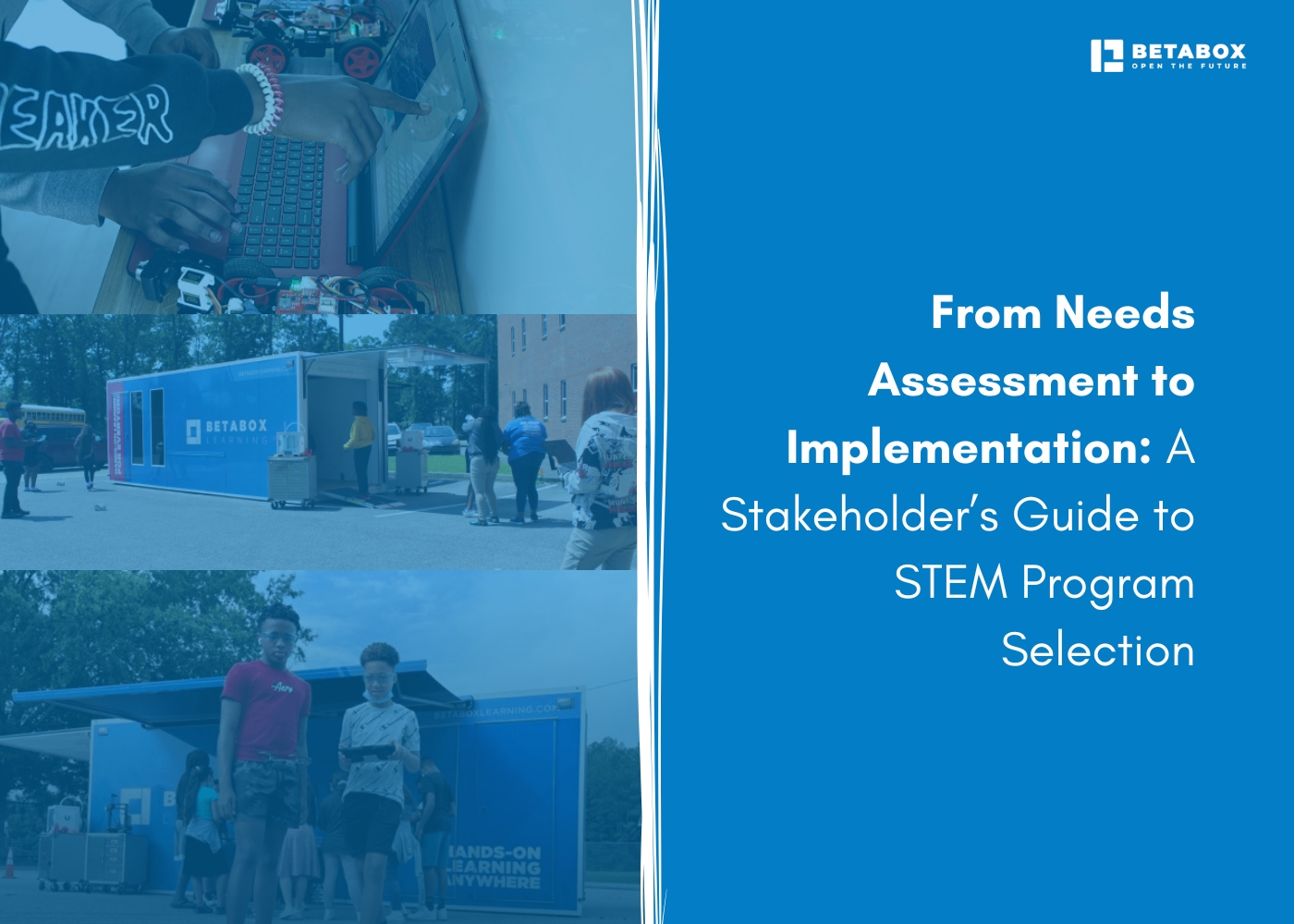

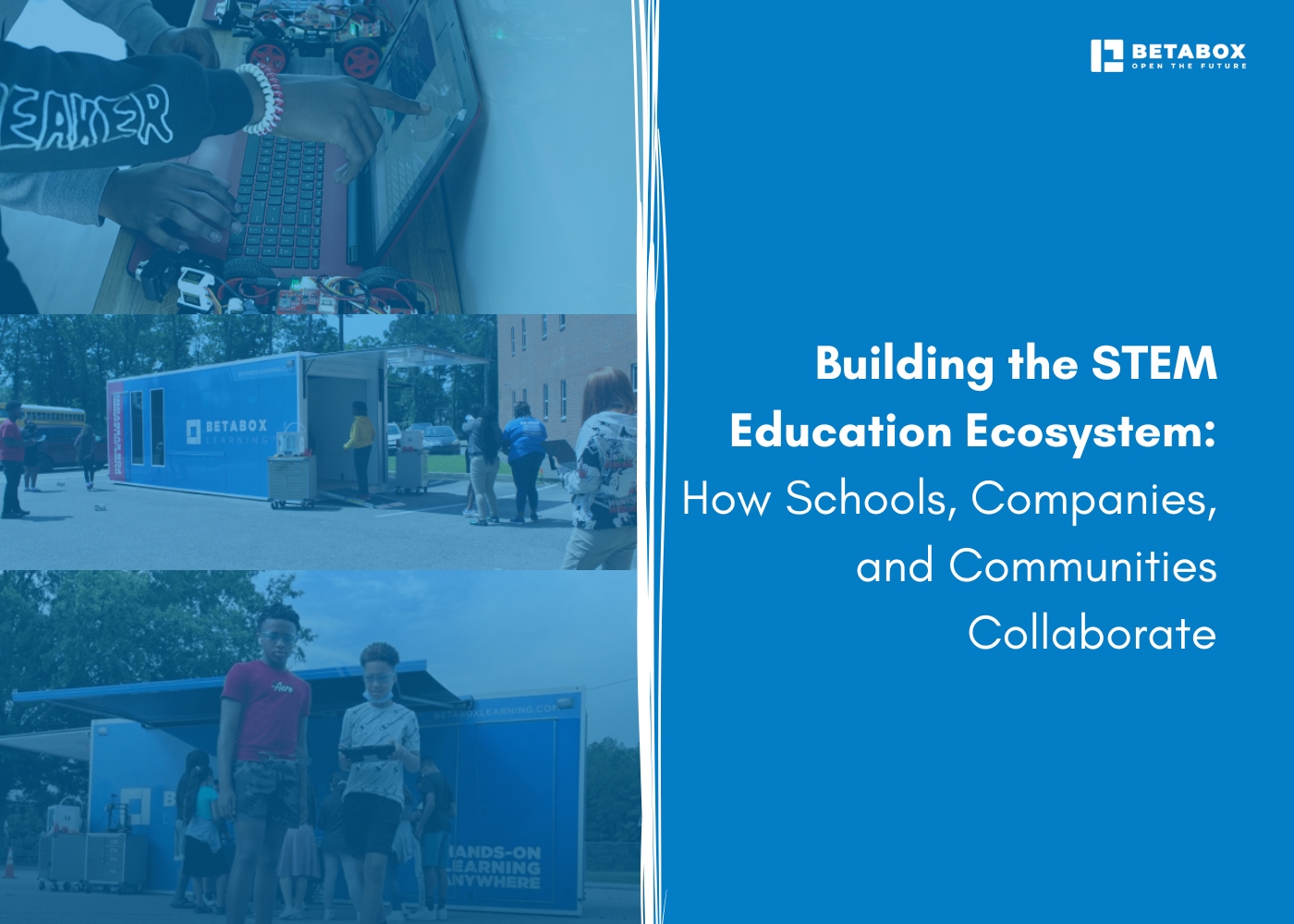

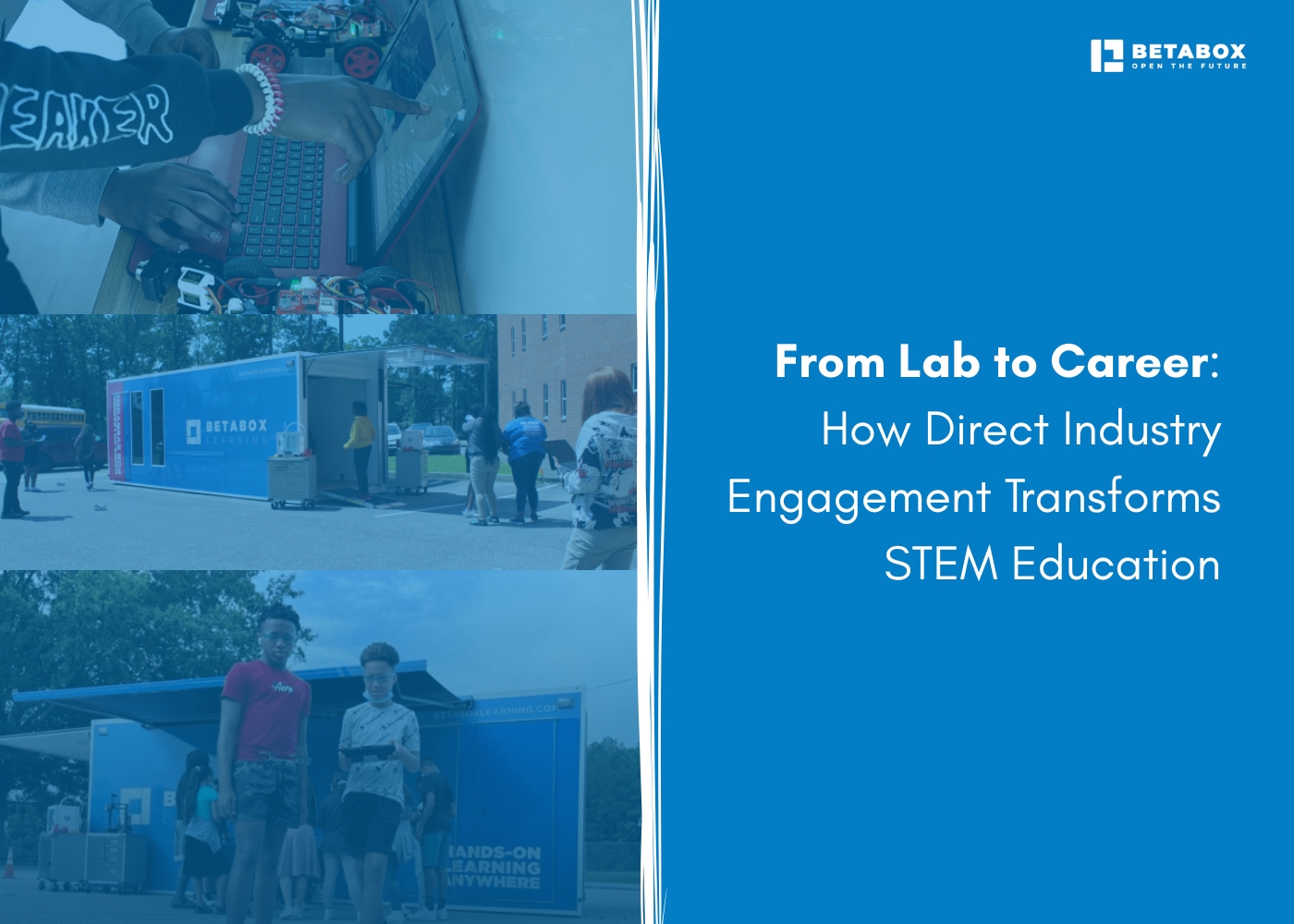

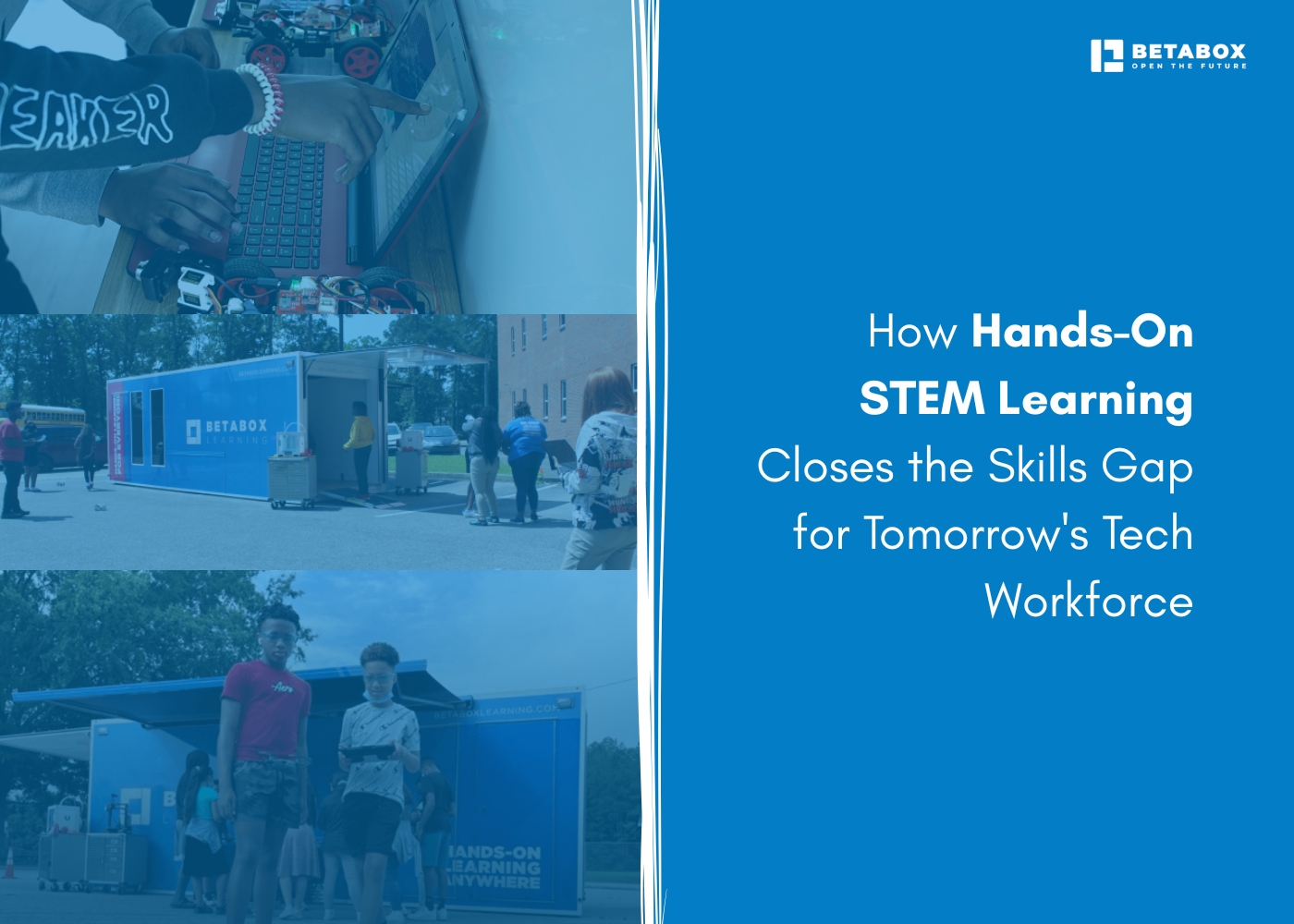



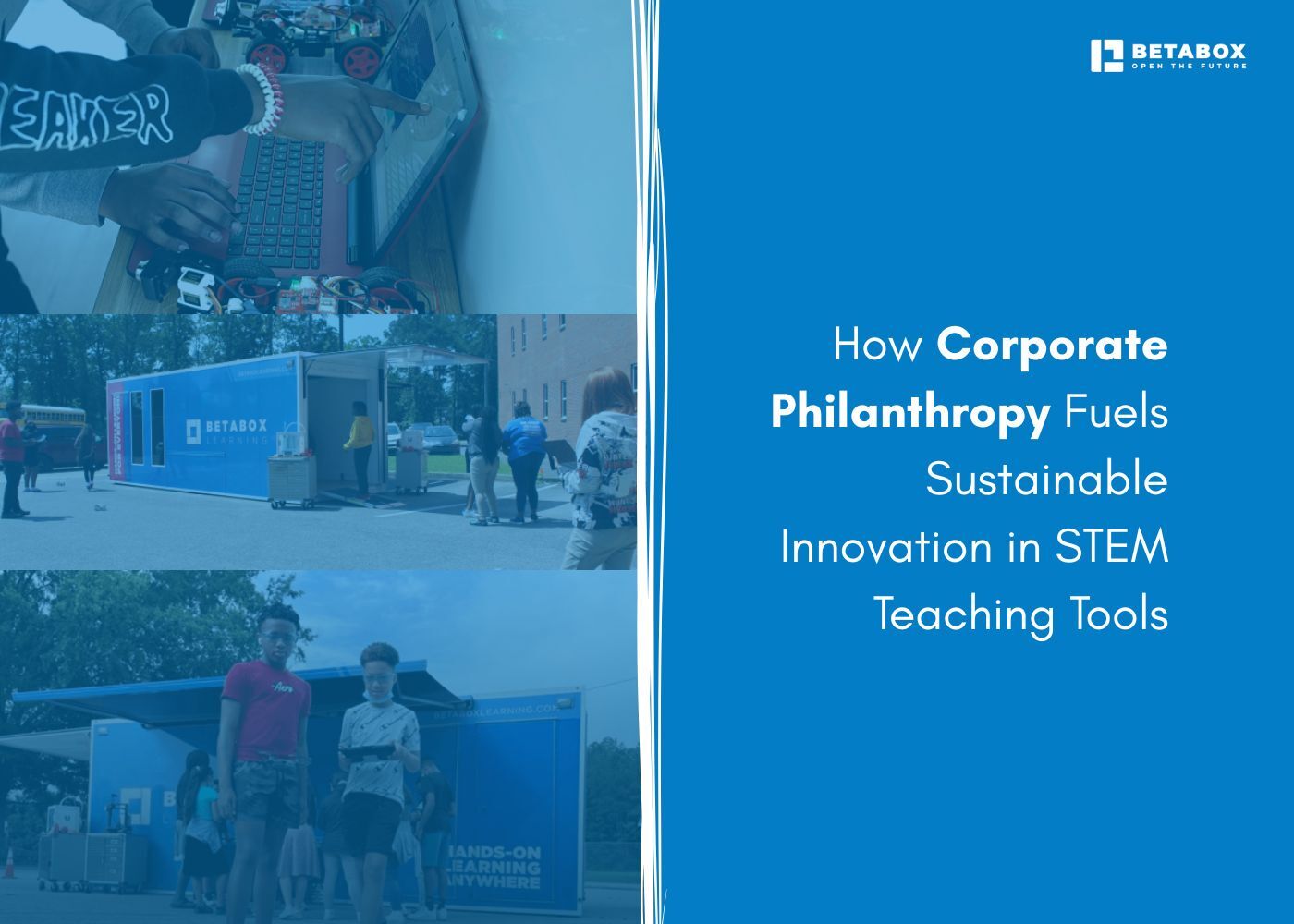

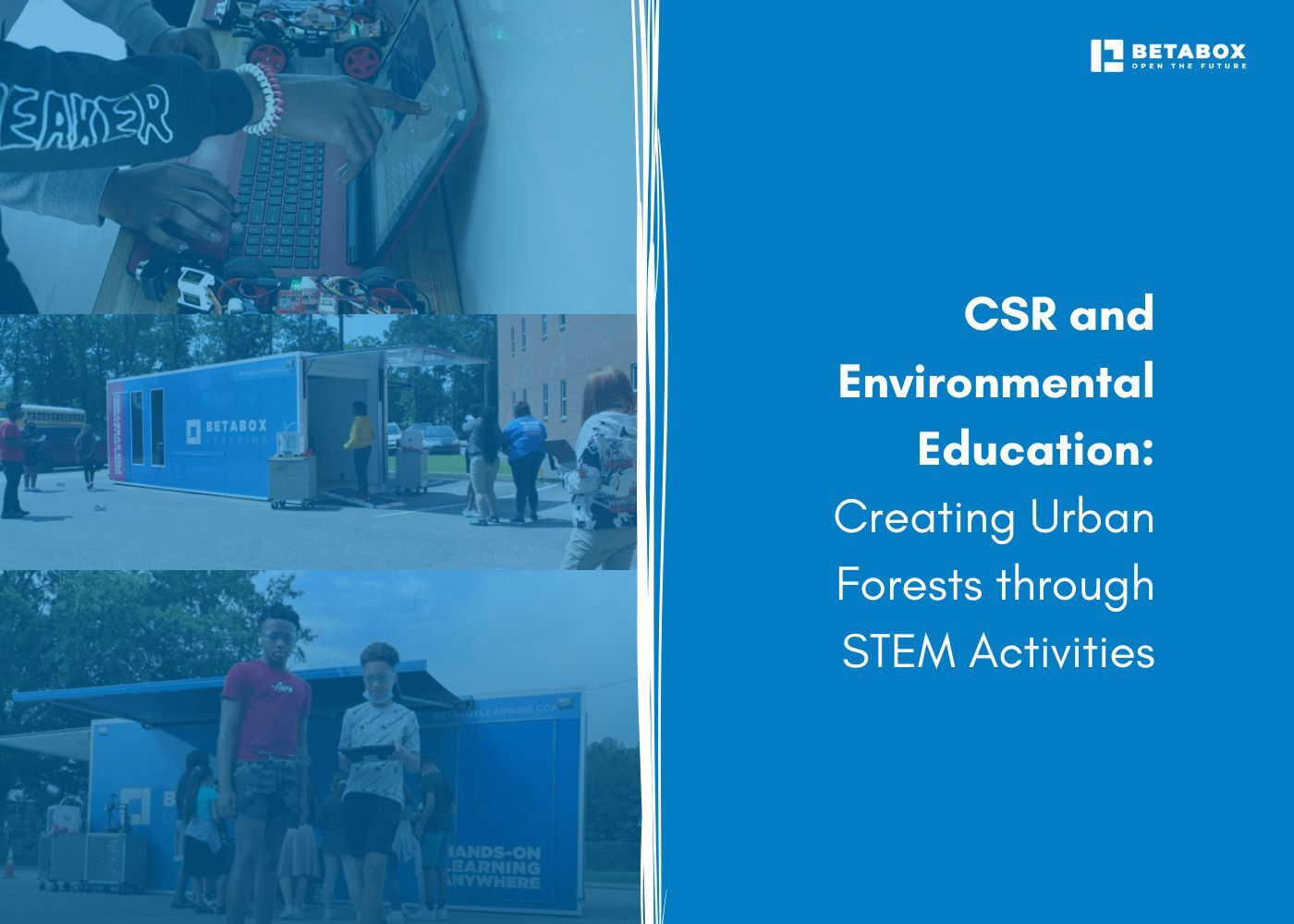



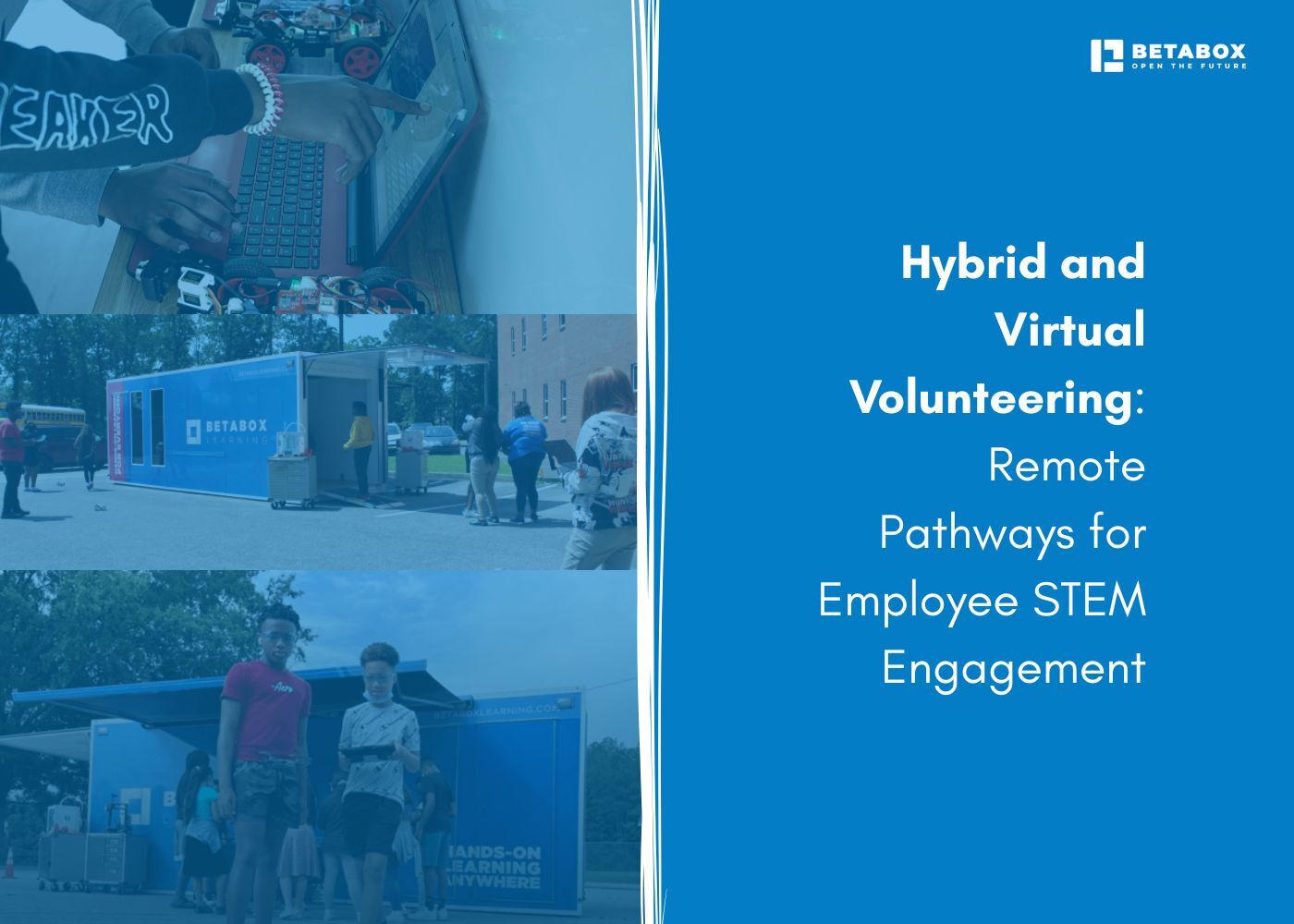





At Betabox Learning, we are passionate about making hands-on STEM curricula accessible to all students.

Join our newsletter to stay in the loop on all things Betabox and the future of STEM education.
By submitting your email address, you agree to our Privacy policy and Terms of Service. You can unsubscribe any time via the link in your email.
© 2025 Betabox. All Rights Reserved
